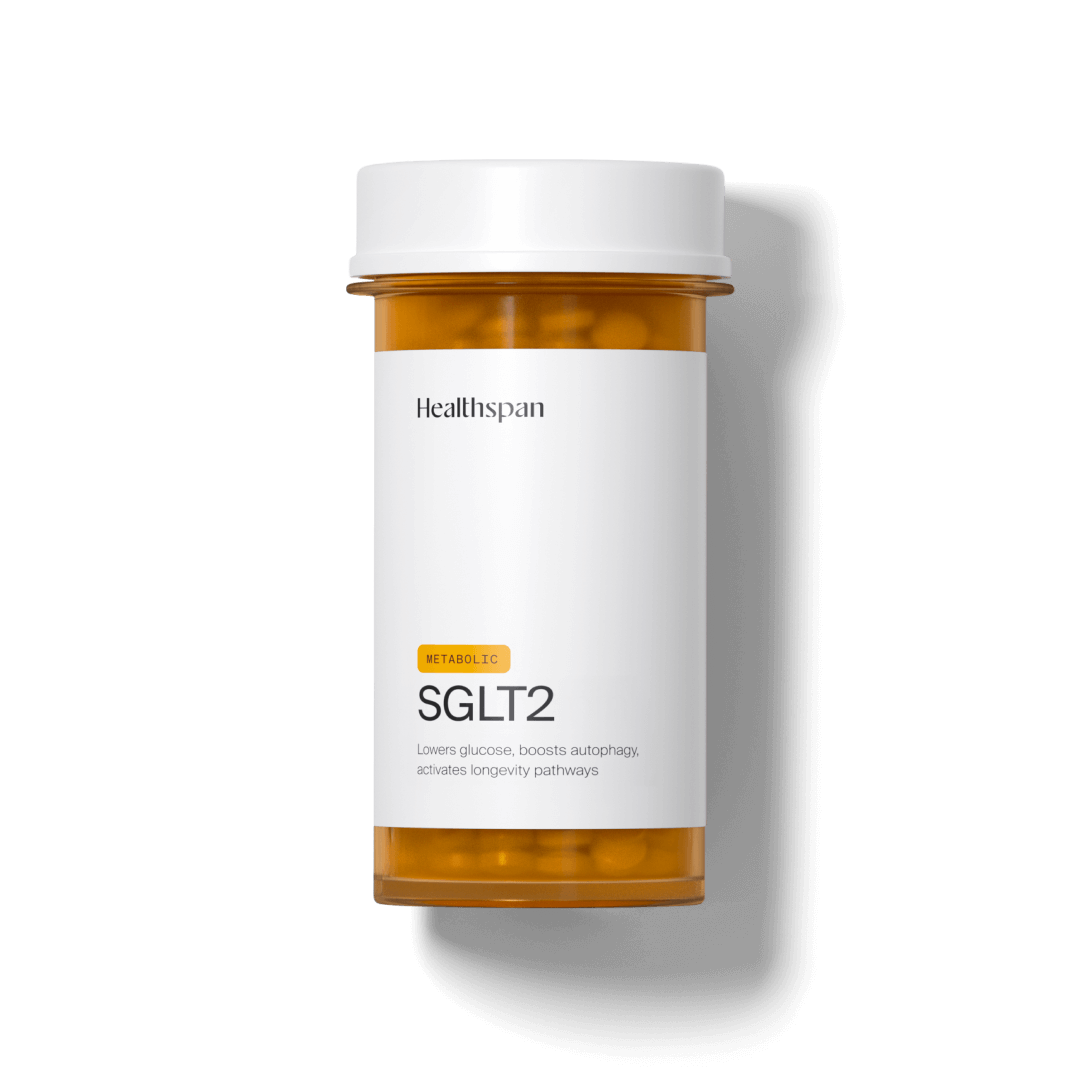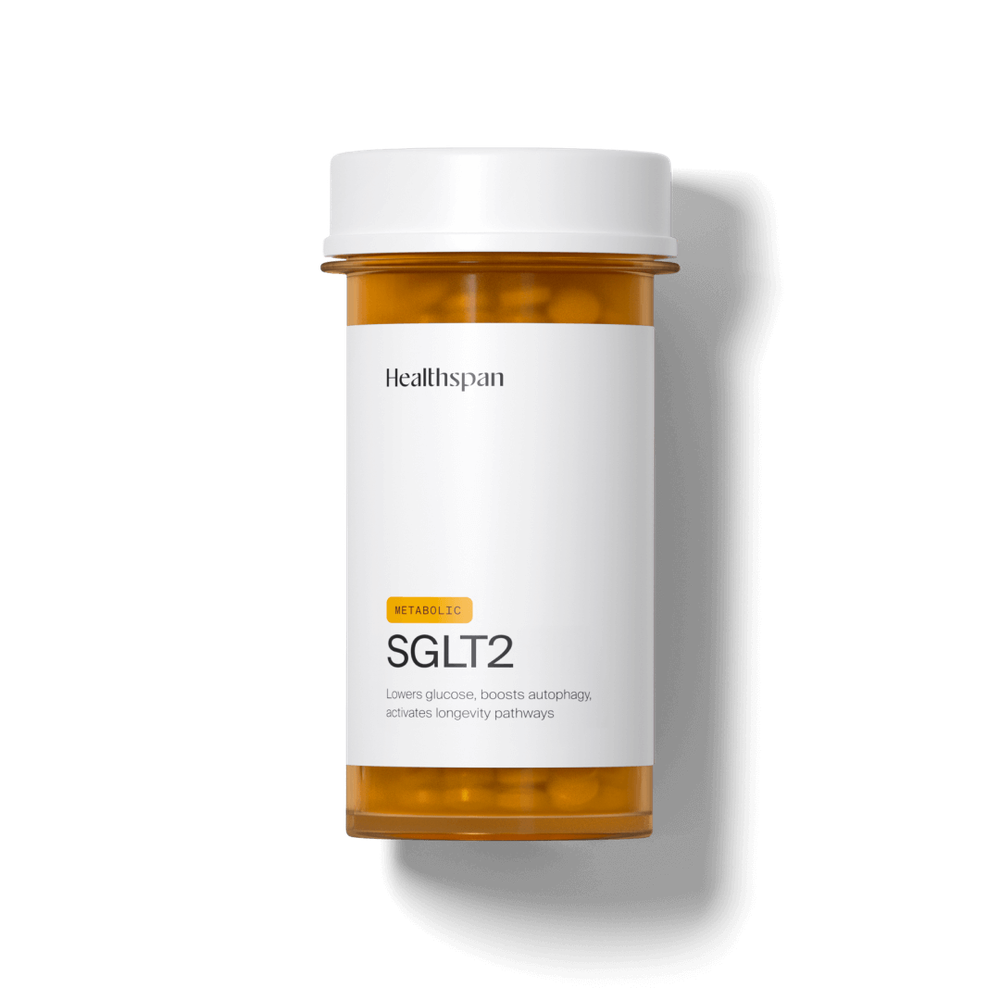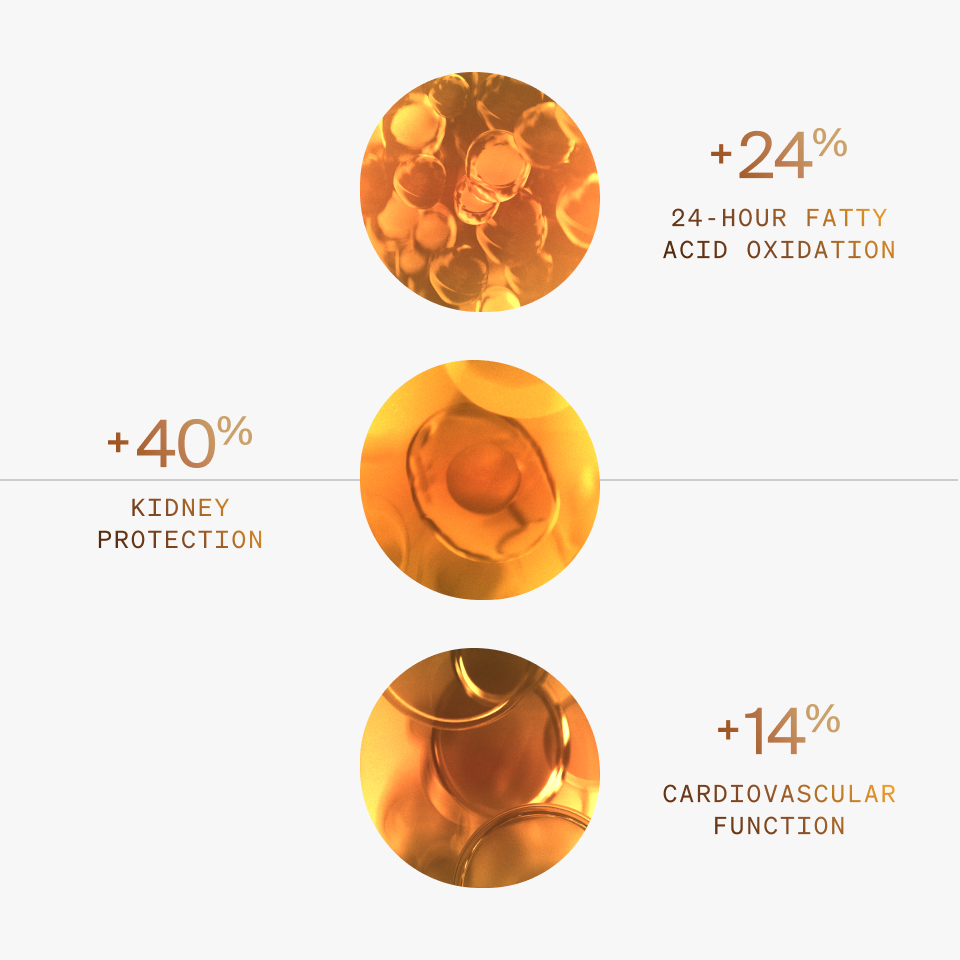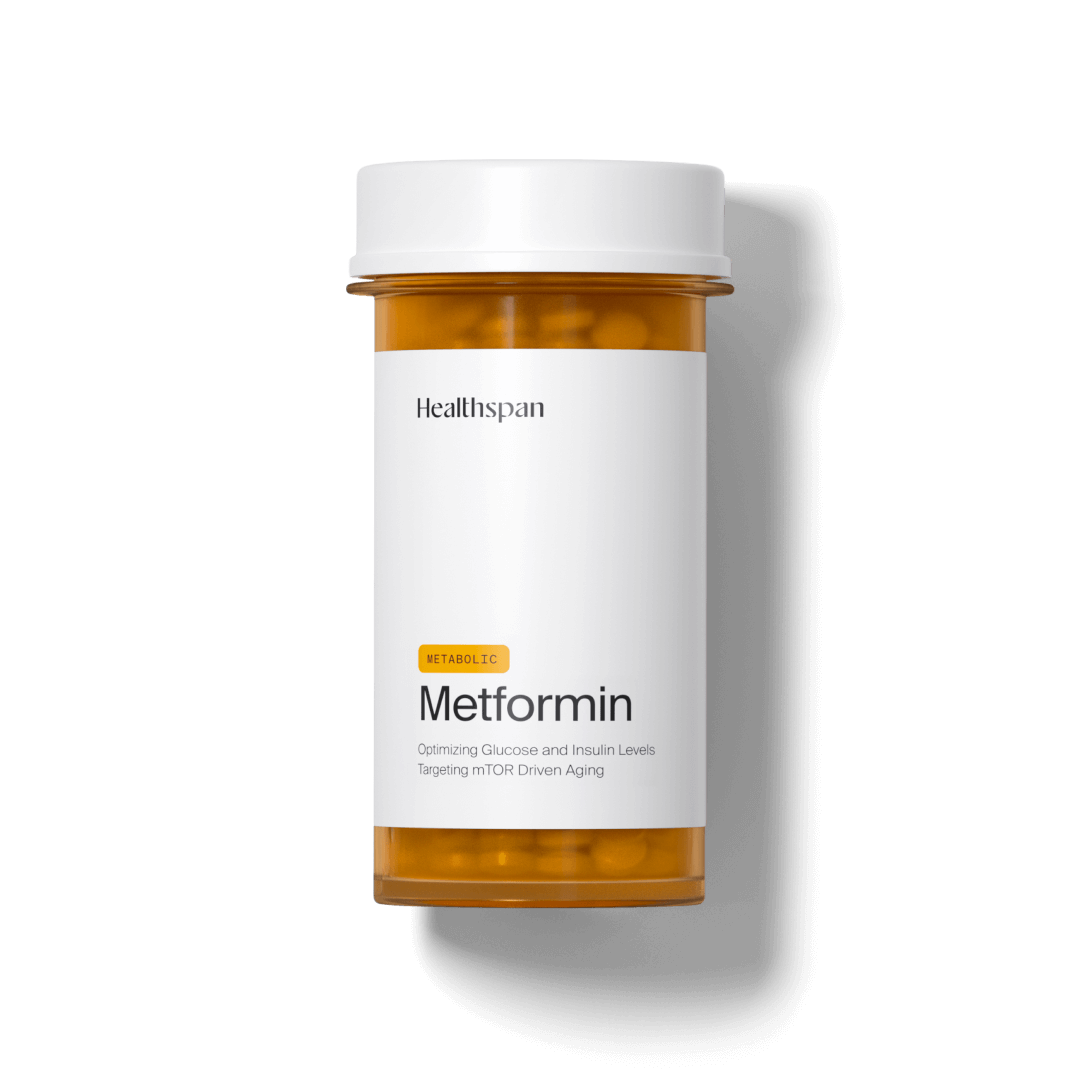
The SGLT2 protocol has been awesome. I’m finally seeing weight loss from my healthy diet and workouts.
SGLT2 Protocol
A well-researched and clinically validated SGLT2 inhibitor protocol designed to optimize fat metabolism, reduce chronic inflammation, and improve metabolic flexibility.
Targets many molecular pathways, from nutrient sensing and metabolic flexibility to mitochondrial function and systemic inflammation.
Promotes fat oxidation and ketone production while targeting visceral fat, to fight inflammation, boost metabolic efficiency, and assist longevity.
Decreases systemic inflammation and glycemic stress that speed aging, helping to restore organ function toward healthier, more youthful levels.
Everything included: advanced lab testing, medications, and ongoing dosing optimization
Starting at
$
99
/mo


Target metabolic health and body composition with a protocol that activates key longevity pathways
Ahead of the field
Featured In
Featured In
“SGLT2 inhibitors… target senescent cells and modulate several aging pathways.”
“The hint here is that it’s actually slowing the aging rate.”
“SGLT2 inhibitors… target senescent cells and modulate several aging pathways.”
“The hint here is that it’s actually slowing the aging rate.”
“SGLT2 inhibitors… target senescent cells and modulate several aging pathways.”
“The hint here is that it’s actually slowing the aging rate.”
“SGLT2 inhibitors… target senescent cells and modulate several aging pathways.”
“The hint here is that it’s actually slowing the aging rate.”
Reset your metabolic clock

Hear from our patients
Reviews
162 reviews
Frequently asked questions
They reduce glucose reabsorption in the kidneys, causing excess glucose to be excreted through urine. This lowers blood sugar levels and shifts the body’s energy use toward stored fat.
SGLT2 inhibitors promote fat loss, reduce chronic inflammation, improve cardiovascular and kidney health, and activate longevity pathways like AMPK and mTORC1.
No. SGLT2 inhibitors have shown benefits in both diabetic and non-diabetic individuals for improving metabolic flexibility, reducing visceral fat, and lowering inflammation.
Your protocol includes tests for glucose, insulin, cholesterol, triglycerides, hs-CRP (inflammation), kidney markers, and more.
Most users notice energy improvements and less bloating within 2–4 weeks. Fat loss, glucose stability, and cardio-metabolic benefits build steadily over 3–6 months.
Yes. SGLT2 can be stacked with Rapamycin, Acarbose, or Metformin under clinician supervision for synergistic longevity benefits.
Some people experience increased urination or mild dehydration. Rarely, yeast infections or low blood sugar may occur. Your clinician will guide you on how to avoid or manage these.
Yes. All Healthspan protocols, labs, and prescriptions are HSA/FSA eligible.
SGLT2 inhibitors mimic many of the benefits of caloric restriction—like fat oxidation and metabolic efficiency—without requiring dietary changes.
No strict diet or fasting protocol is required, but lifestyle recommendations may enhance results.
Yes, but only under careful clinical guidance. SGLT2 inhibitors can be combined with GLP-1 receptor agonists, but this requires close monitoring to avoid low blood sugar, dehydration, or electrolyte imbalances. Your clinician will determine if this combination is appropriate and adjust your dosing plan accordingly.
Fat loss from SGLT2 inhibitors, particularly visceral fat, is often sustainable with continued use and healthy lifestyle support. However, it’s important to monitor kidney function, hydration status, and metabolic markers regularly to ensure safe, long-term results.
Initial improvements—such as better energy, reduced bloating, and appetite regulation—often appear within 2–4 weeks. Fat loss and metabolic benefits typically build over 8–12 weeks.
They reduce glucose reabsorption in the kidneys, causing excess glucose to be excreted through urine. This lowers blood sugar levels and shifts the body’s energy use toward stored fat.
SGLT2 inhibitors promote fat loss, reduce chronic inflammation, improve cardiovascular and kidney health, and activate longevity pathways like AMPK and mTORC1.
No. SGLT2 inhibitors have shown benefits in both diabetic and non-diabetic individuals for improving metabolic flexibility, reducing visceral fat, and lowering inflammation.
Your protocol includes tests for glucose, insulin, cholesterol, triglycerides, hs-CRP (inflammation), kidney markers, and more.
Most users notice energy improvements and less bloating within 2–4 weeks. Fat loss, glucose stability, and cardio-metabolic benefits build steadily over 3–6 months.
Yes. SGLT2 can be stacked with Rapamycin, Acarbose, or Metformin under clinician supervision for synergistic longevity benefits.
Some people experience increased urination or mild dehydration. Rarely, yeast infections or low blood sugar may occur. Your clinician will guide you on how to avoid or manage these.
Yes. All Healthspan protocols, labs, and prescriptions are HSA/FSA eligible.
SGLT2 inhibitors mimic many of the benefits of caloric restriction—like fat oxidation and metabolic efficiency—without requiring dietary changes.
No strict diet or fasting protocol is required, but lifestyle recommendations may enhance results.
Yes, but only under careful clinical guidance. SGLT2 inhibitors can be combined with GLP-1 receptor agonists, but this requires close monitoring to avoid low blood sugar, dehydration, or electrolyte imbalances. Your clinician will determine if this combination is appropriate and adjust your dosing plan accordingly.
Fat loss from SGLT2 inhibitors, particularly visceral fat, is often sustainable with continued use and healthy lifestyle support. However, it’s important to monitor kidney function, hydration status, and metabolic markers regularly to ensure safe, long-term results.
Initial improvements—such as better energy, reduced bloating, and appetite regulation—often appear within 2–4 weeks. Fat loss and metabolic benefits typically build over 8–12 weeks.
























